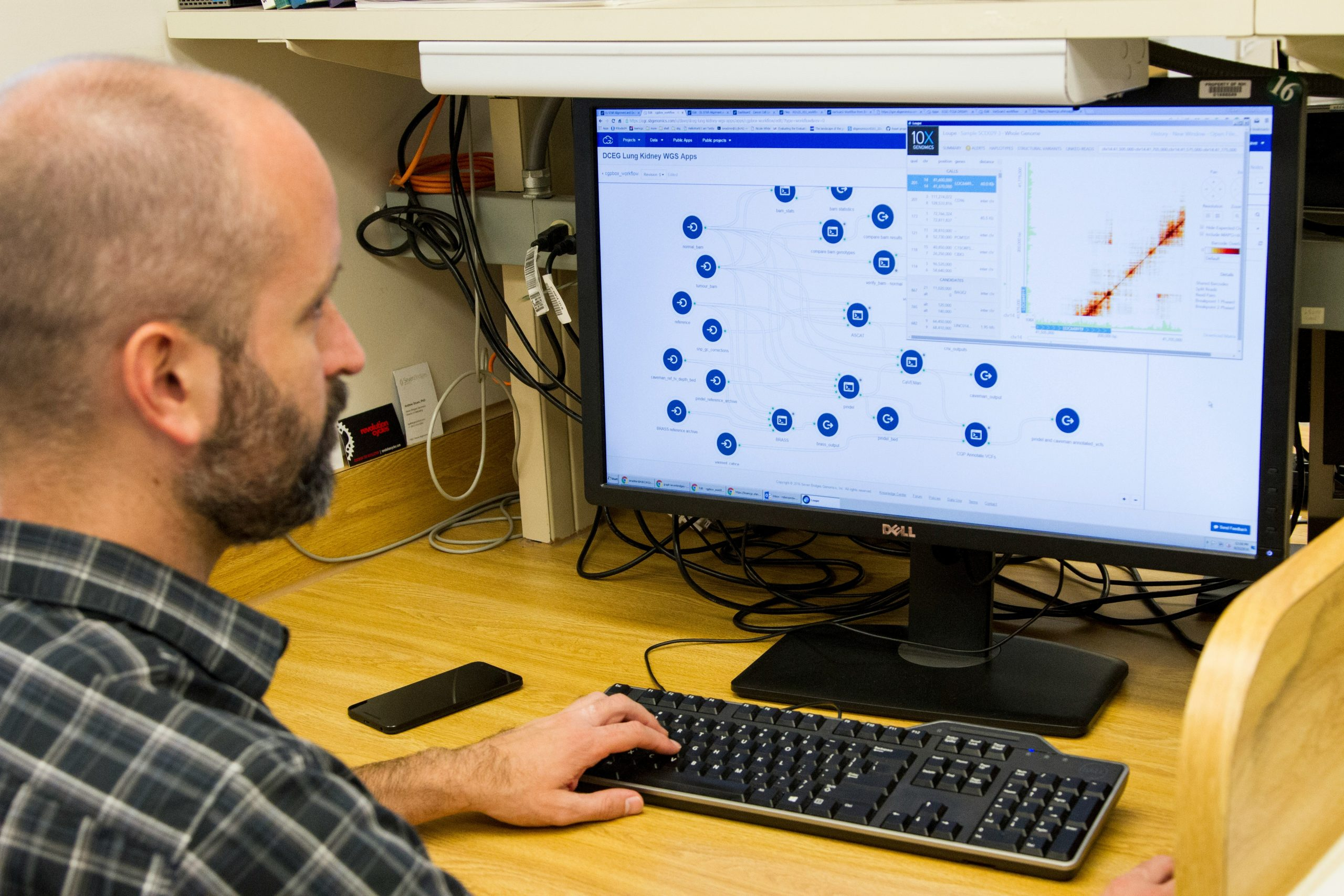Aerodynamics in Racing: Science Meets Speed
Racing is a centuries-old sport that has always captivated the hearts and minds of people all over the world. It is a thrilling and adrenaline-pumping activity that requires not only skill and precision but also an understanding of the science behind it. One of the most fascinating aspects of racing is aerodynamics – an essential element that can make or break a race. In this article, we will delve into the world of aerodynamics in racing and how science meets speed to create the perfect balance for success.
What is Aerodynamics?
Aerodynamics is the study of how air moves around and interacts with objects. In racing, aerodynamics refers to the science of airflow and how it affects the performance of a race car. The main goal of aerodynamics in racing is to reduce drag and increase downforce, which ultimately leads to better handling, greater speed, and improved fuel efficiency.
How Important is Aerodynamics in Racing?
To put it simply, aerodynamics can make or break a race. In a sport where every millisecond counts, having a car that is aerodynamically efficient can mean the difference between standing on the podium or falling behind in the race. The more advanced and sophisticated the aerodynamics of a race car, the more likely it is to be successful on the track.
The Role of Science in Aerodynamics
Aerodynamics is a science that combines the principles of physics, engineering, and mathematics to design and develop a race car that has the perfect balance between speed and stability. It involves a thorough understanding of how airflow and drag can affect a car’s performance and the use of mathematical models, simulations, and wind tunnel testing to fine-tune the design.
How Aerodynamics is Achieved in Racing?
There are three main elements that contribute to achieving aerodynamics in racing – downforce, drag, and lift. Downforce is the force that pushes the car downwards, increasing its grip on the track. It is essential for maintaining stability and cornering at high speeds. Drag, on the other hand, is a resistive force that acts opposite to the car’s direction of motion. Reducing drag helps in increasing top speed and fuel efficiency. Lift is the upward force that can cause a car to become airborne, which is why it is vital to have designs that produce downforce to counteract lift.
Designing for Aerodynamics
Designing a race car for aerodynamic efficiency is a highly complex and precise process. Everything from the shape of the car’s body to the placement of the spoilers, wings, and diffusers is carefully calculated and tested to ensure maximum performance on the track. Engineers use computer simulations and wind tunnel testing to fine-tune the car’s design, making sure that the airflow is smooth and uninterrupted.
The Constant Pursuit of Perfection
In the world of racing, there is a never-ending pursuit of perfection. The slightest improvement in aerodynamics can make a significant difference in a car’s performance. That is why teams spend millions of dollars every year on research and development to find ways to make their cars more aerodynamically efficient. This constant pursuit of perfection has led to innovative designs and advancements in technology that have revolutionized the sport of racing.
In Conclusion
Aerodynamics in racing is not just about making a car look sleek and stylish; it is a critical factor that determines a car’s performance on the track. With advancements in technology and a better understanding of the science behind aerodynamics, we can expect to see even faster and more efficient race cars in the future. However, one thing will always remain constant – the perfect balance between science and speed, which is what makes racing such an exhilarating and awe-inspiring sport.











